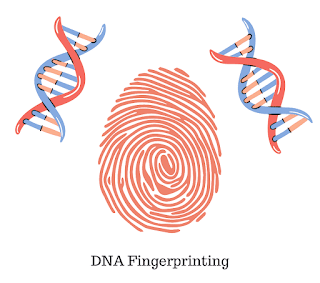Inherent Safer Design and its 4 Principles - Green Chemistry
The concept of Inherent Safer Design (ISD) states that hazardous should be avoided instead of controlling them. This can be done by reducing the amount of hazardous material and the number of hazardous operations in the industrial plant.
The statement "what you don't have cannot harm you" was given by a British chemical engineer Trevor Kletz in an article published in 1978 after the Flixborough disaster. This statement means that we should reduce the hazard instead of controlling them.
For example, If benzene is replaced by a green solvent then how can benzene affect us in the future (What you don't have cannot harm you).
There are four principles of inherently safer design:
1. Minimisation
This method of Inherent Safer Design states that we should use small quantities of hazardous materials or reduce the size of equipment operating under hazardous conditions like high temperature and pressure.
For example, Nitroglycerine can be manufactured in a continuous pipe reactor with a few kilograms of batch instead of a large batch reactor with several thousand kilograms of the batch.
2. Substitution
This method of Inherent Safer Design states that we should replace a hazardous chemical with the safest one.
For example, toxic benzene should be replaced by a green solvent like supercritical carbon dioxide, water, etc.
3. Moderation
This method of Inherent Safer Design states that we should shift to less hazardous processes and chemicals and modify facilities to minimize the impact of hazardous chemicals released by manufacturing plants.
For example, Monomethylamine should be stored under refrigerated conditions which will significantly reduce the hazard to the surrounding community by reducing the amount of material transported into the atmosphere in case of a leak or blast.
4. Simplification
This method of Inherent Safer Design states that we should design facilities in such a way that it eliminates unnecessary complexity and reduce the chances of operating errors.
For example, Old and complex piping should be removed from the factory and new less complex piping should be done to ensure the smooth transfer of reagent throughout the factory.


